What Are Dog Tails Made of? (+9 Dog Tail Facts)
A dog’s tail is one of its defining features. But how much do you know about your furry friend’s tail? From anatomy to health risks, we’ll cover all the vital information regarding dog tails.
In addition, we will let you in on nine facts relating to dog tails and their purpose.
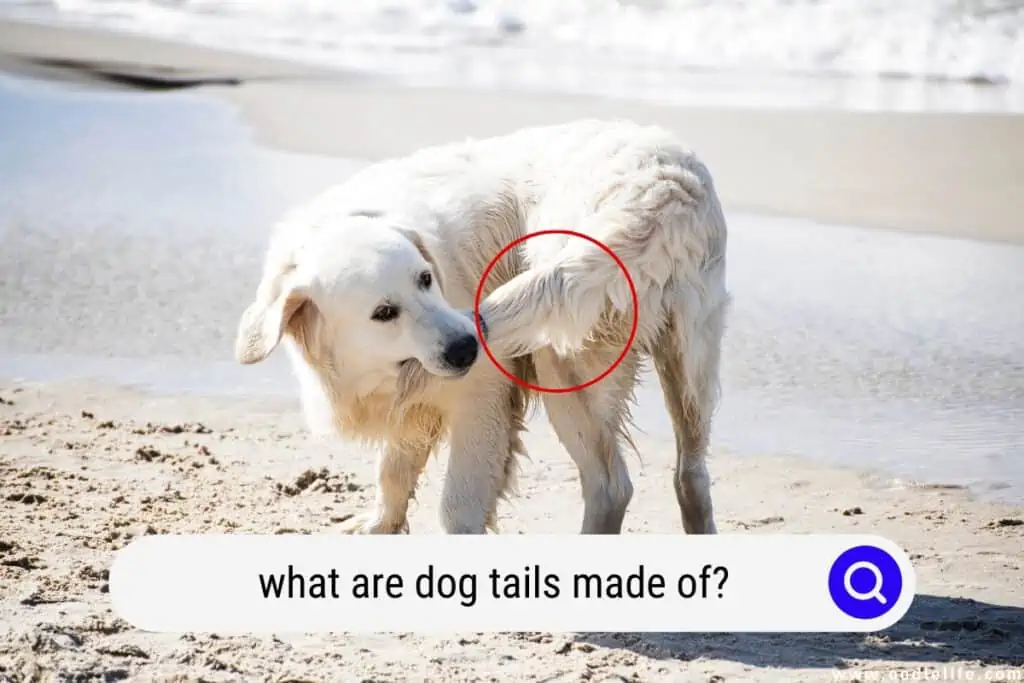
The Anatomy of a Dog Tail
Many people mistake dog tails for pure muscle, due to their flexibility. However, a dog’s tail is primarily bone. The tail is a series of small, connected bones (around five to twenty bones depending on the breed).
A dog’s tail is an extension of its spine. The bones in the spine and tail are called vertebrae. Ligaments connect the individual bones, which allows them to move articulately.
Muscles are attached to the bones by tendons, and these muscles help control bowel movements.
Nerves in the tail help control movement as well as send signals to the brain indicating sensation and feeling.
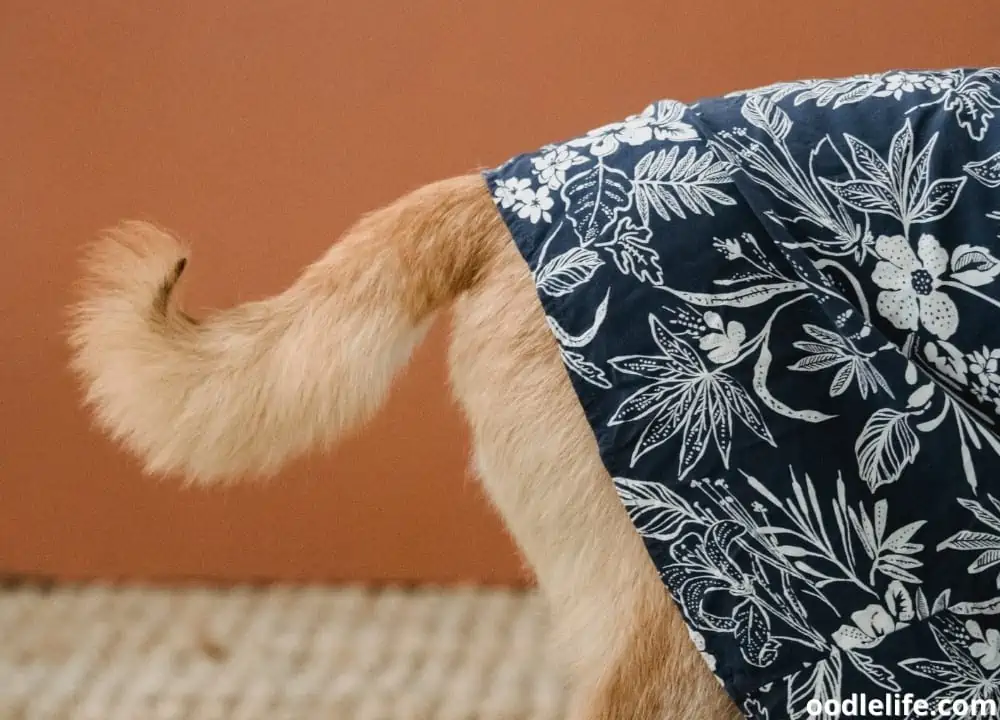
Potential Dog Tail Issues
Dog tails are made of delicate bones and sensitive nerves, so issues that arise with the tail can be serious. Always consult your vet if you think something is amiss with your dog’s tail, as these issues require the help of a veterinarian. Some common issues that dogs may have with their tails include:
- Fractures
- Happy Tail
- Limp Tail
- Biting or Chewing
- Wounds
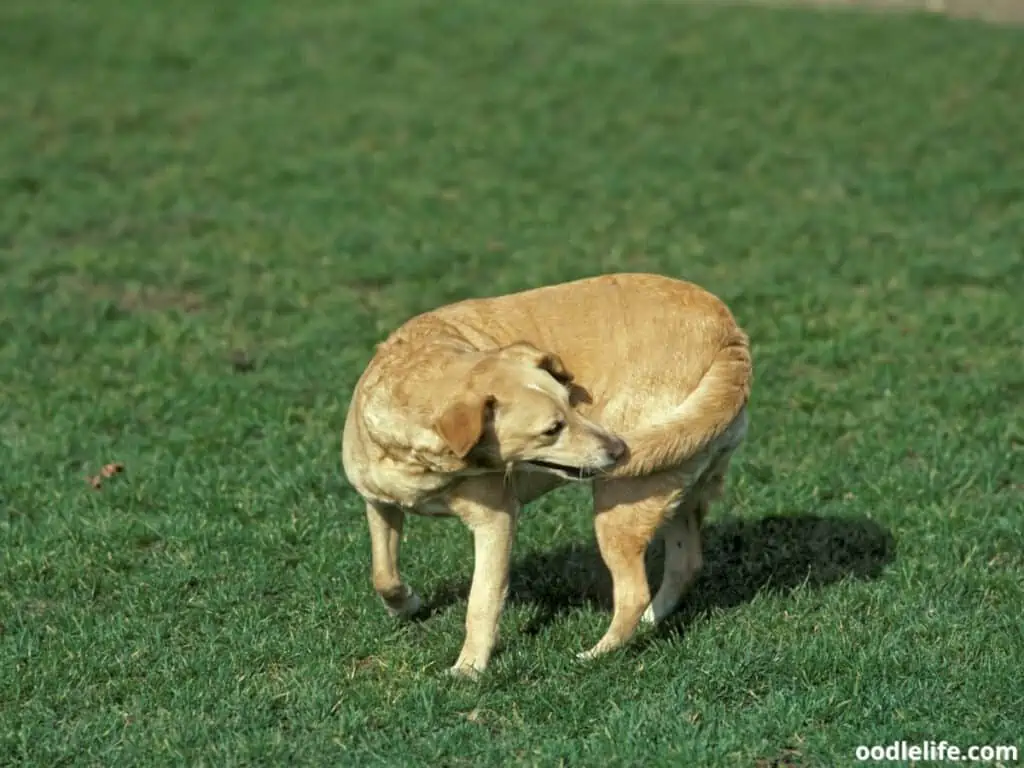
9 Dog Tail Facts
Here are some facts about dog tails that you should know:
1. A Dog’s Tail Can Be Injured by Being “Too Happy”
“Happy Tail” is the name of the condition in which a dog injures their tail by repeatedly hitting it into solid objects or wagging it harder or faster than the dog’s body will allow.
The injury is a dangerous condition. Although happy tail typically happens because a dog is excited and energetic, it is unfortunately not a happy situation but a reason to see the vet.
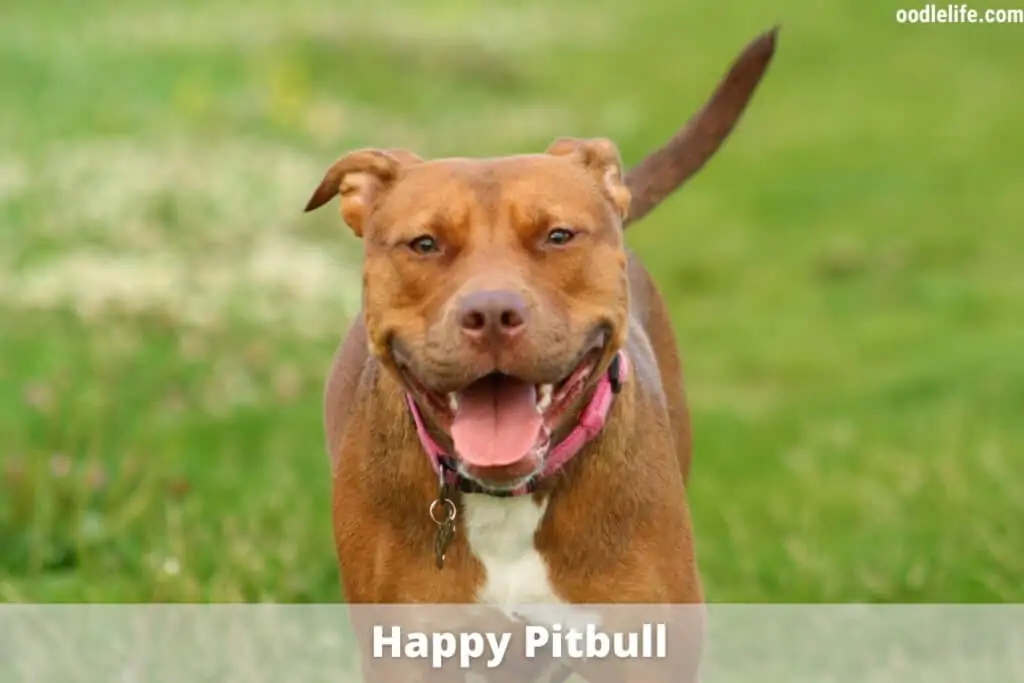
2. Your Dog Communicates with You through Its Tail
Dogs can communicate a host of emotions with their tail alone. Some of the typical tail communications include
- Tail Straight Behind Them – indicates your dog is cautious and trying to elaborate something.
- Slow Wagging – typically a sign of cautious enthusiasm, such as when your dog meets a new person.
- Fast/Energetic Wagging – shows that your dog is excited and happy!
- Tail Sticking Up Stiff – indicates your dog may feel angry or threatened.
- Tail Sticking Up Relaxed – a sign your dog feels confident.
- Tail Between Legs – a classic dog move that typically indicates the dog feels scared, guilty, or sad.
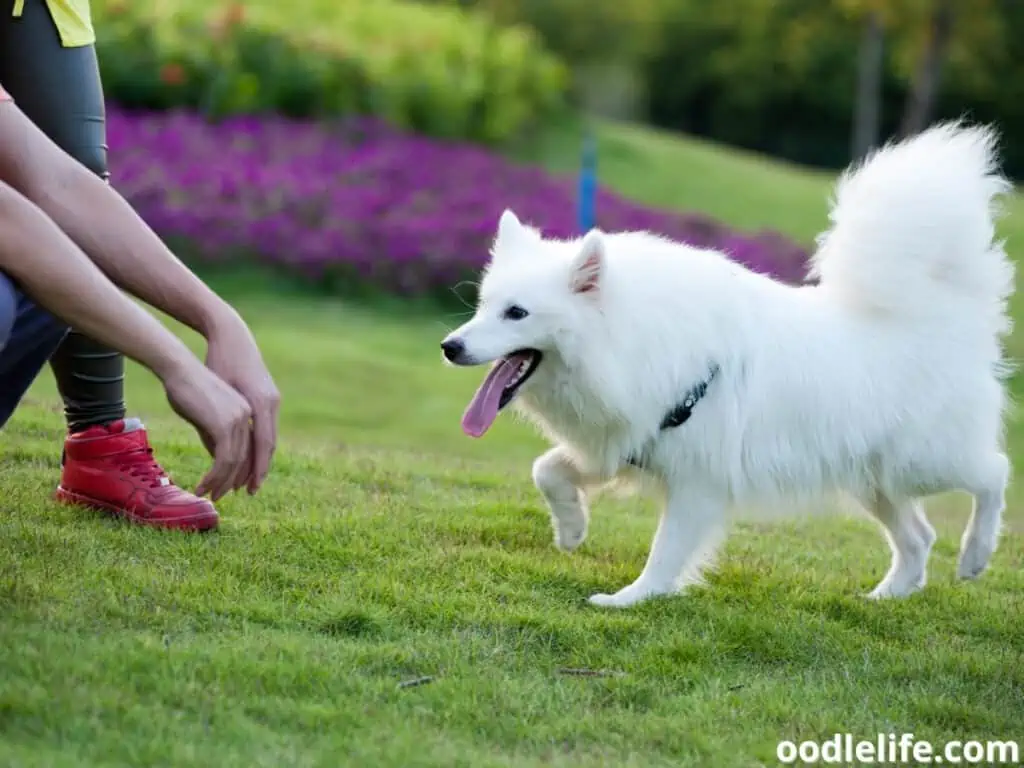
3. There Are Eight Types of Dog Tails
Tail categories act as an umbrella, making it easier to categorize dog breeds.
- Bobbed Tails – sometimes appear as no tail at all, as they are very short and close to the rear. (Example: Corgi)
- Curly/Corkscrew Tails – curl onto themselves and almost resemble the corkscrew tail of a pig. (Example: Pugs)
- Sickle Tails – stand up with a curve towards the dog’s head, similar to the shape of an actual sickle, rather than sticking straight up. (Example: Husky)
- Otter/Swimmer Tails – typical in dog breeds that are strong swimmers, as the long tails with a slight arch can help a dog glide through the water. (Example: Labrador Retriever)
- Whip/Carrot Tails – true to their name, as they resemble a leather whip or a carrot. They are thicker at the base and then taper at the end and they are often fairly skinny. (Example: Border Terrier)
- Tufted Tails – can look very different on various breeds, but what they have in common is that the fur at the end of the tail grows faster and fluffier than the rest of the tail fur and results in a “tuft” of fur at the end of the tail. (Example: Poodle)
- Gay Tails – similar to the tufted tail, though the tails are overall less fluffy and skinnier. (Example: Border Collie)
- Saber Tails – typical in herding dog breeds and are long with a gentle curve. Unlike the otter tail type, these tails are low to the ground. (Example: German Shepherd)
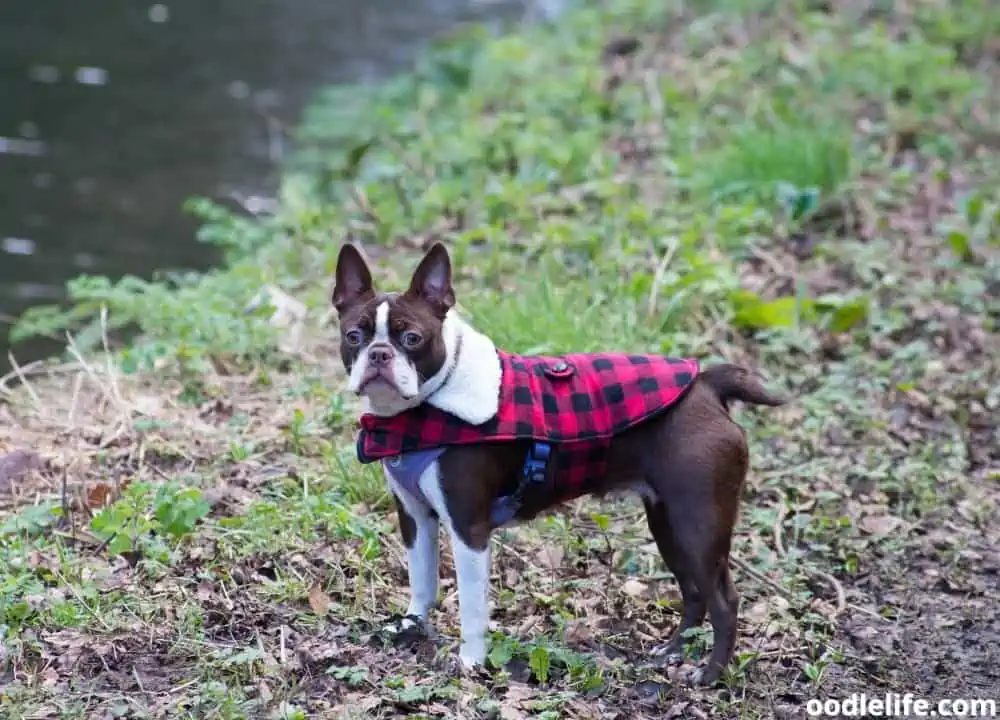
4. A Dog’s Tail Helps It Balance
Dog’s tails can help them balance quite adeptly. If you have watched a tightrope walker, the concept is similar. If a dog walks along a narrow path, its tail acts as a counterweight, similarly to the weights held by tightrope walkers.
If the dog or tightrope walker leans too far to one side, the weight or tail can help them rebalance their weight on the other side. Dogs can do this without even thinking about it.

5. Tails Can Help Dogs Swim
You may know that some dogs seem like natural-born swimmers while others do not. The difference is in breed type and the dog’s tail.
For example, Labrador Retrievers are known to be excellent swimmers, and their long, fluffy, powerful tails help them glide through the water. However, a French Bulldog’s tail is not well-suited for swimming, because they don’t have much to work with.

6. Dogs Aren’t Born Knowing How To Wag Their Tail
Wagging their tail is a source of communication and social connection for dogs. So, like the tricks we teach our dogs, wagging their tail is a learned behavior.
As a puppy grows up and becomes more social and less focused on the basics of living (eating and sleeping), it will begin to wag its tail at its littermates and any other dogs it may meet.
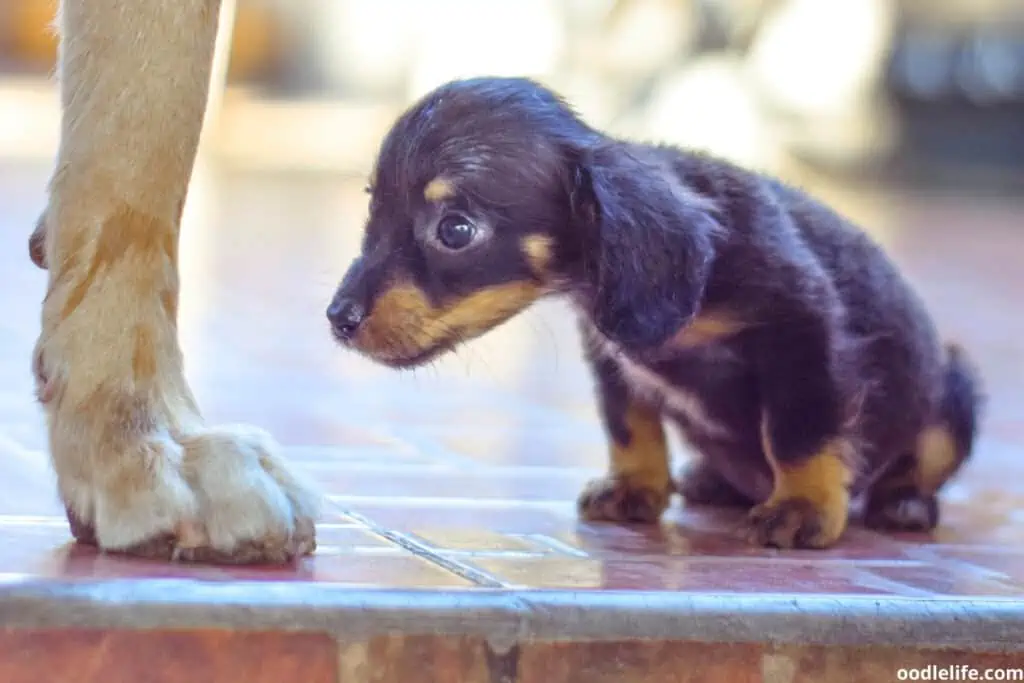
7. Dogs Only Wag Their Tails in the Presence of Humans or Other Animals
Tails serve a communicative function in dogs, so it is rare for dogs to wag their tails when they don’t have anyone to communicate with. When a dog first sees you and begins wagging its tail, it’s similar to how humans wave hello to one another.
When dogs are around other animals, they will also wag their tail to communicate. There’s the cliche of dogs and cats not getting along, but the truth between these two animals may lie in their tail communication.
How a dog wags its tail is very different from how a cat uses its tail. The side-to-side wag that dogs typically do is a sign of cautiousness and trepidation in cats. So when a dog wags its tail happily in front of a cat, the cat may interpret it as the dog approaching it with suspicion.

8. “Docking” a Dog’s Tail Has Become Illegal in Many Areas
Docking is a surgical procedure in which a dog’s tail is removed in part or fully, typically at a young age. This practice has gathered opposition over the years, and many vets recommend against the procedure.
Since dogs’ tails allow them to communicate, many see the practice as cruel because it takes away one of the primary ways dogs can tell us they are scared, uncomfortable, or unhappy.
In addition, the procedure has been scrutinized by vets over the years as evidence suggests that docking is unnecessary and may pose risks to the dog.
The surgery is painful, and amputated nerves may lead to chronic pain for life. The practice of docking has also been criticized due to its use as a cosmetic procedure, as many people dock tails as a matter of aesthetic and breed type alone.
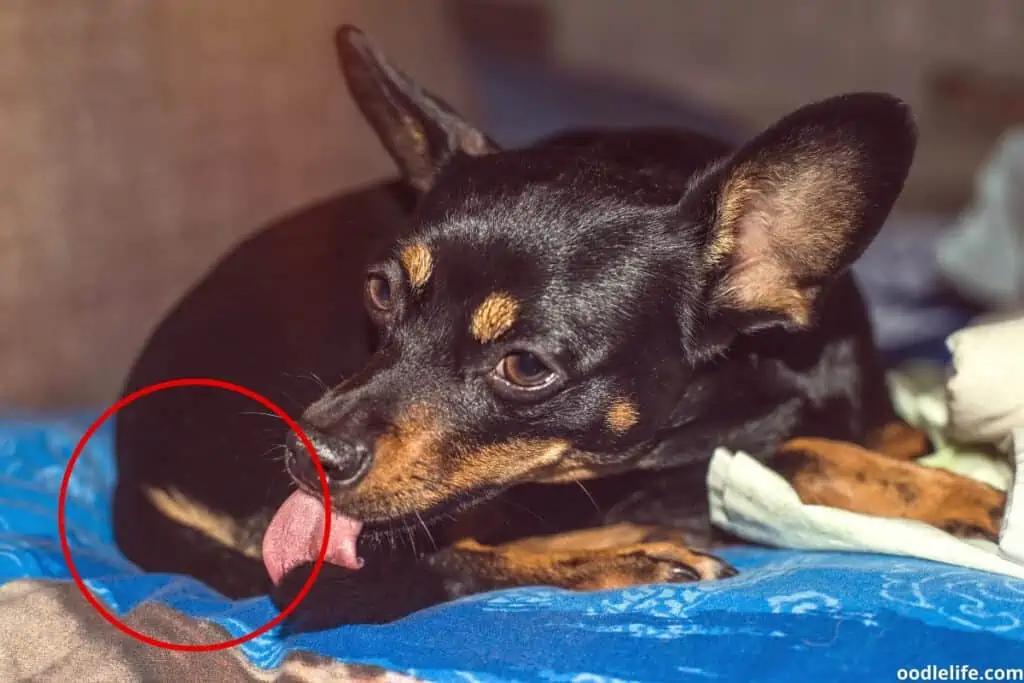
9. Dogs’ Tail Wagging Releases Pheromones
When they wag their tails, dogs also release pheromones from the glands located underneath their tails. The pheromones help the dog make friends because it announces its scent to other dogs when it wags its tail.
Additionally, the wagging motion alerts another dog that the owner of the tail is not aggressive or dangerous. The two dogs can become friends.
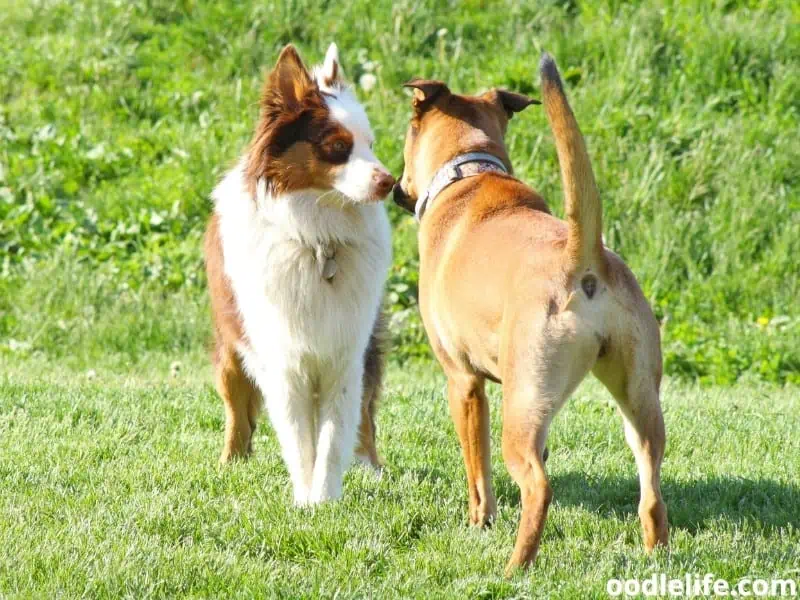
Final Thoughts
Now you know that dog tails are comprised mainly of bone. Dog tails are one of the best methods of communication our furry friends have with us.
There are many breeds with different types of tails, but what they all have in common is they use them to show how much they care for us every day. The next time your dog happily wags its tail for you, remember that it’s telling you “I love you.”